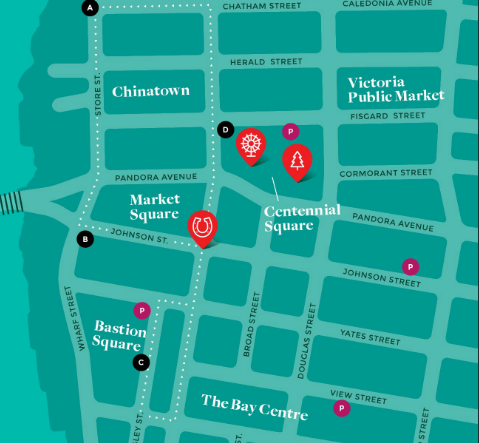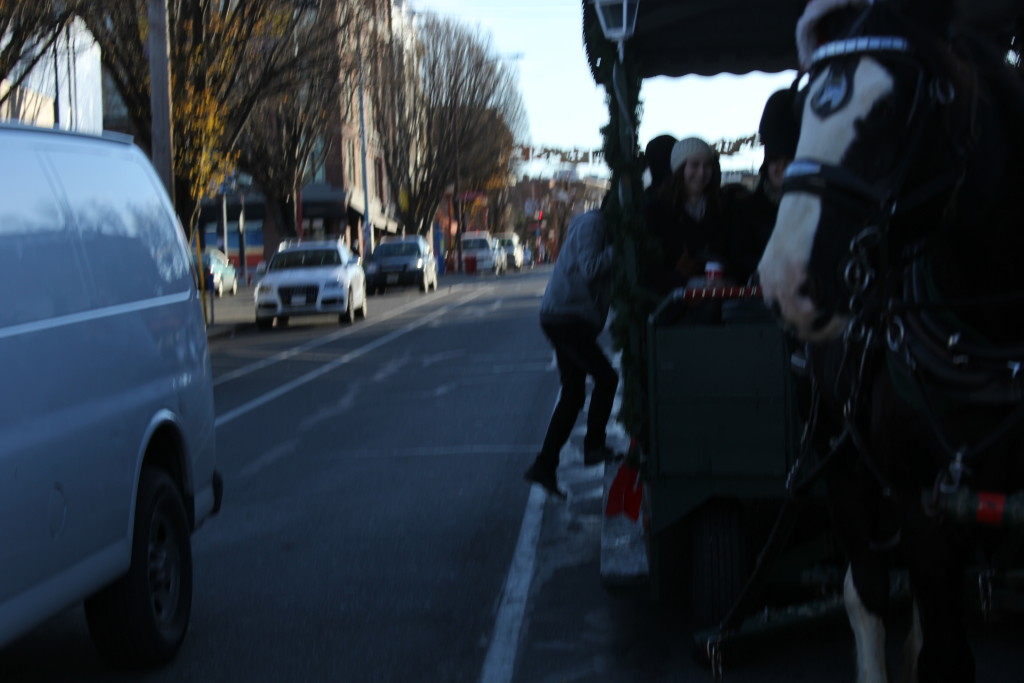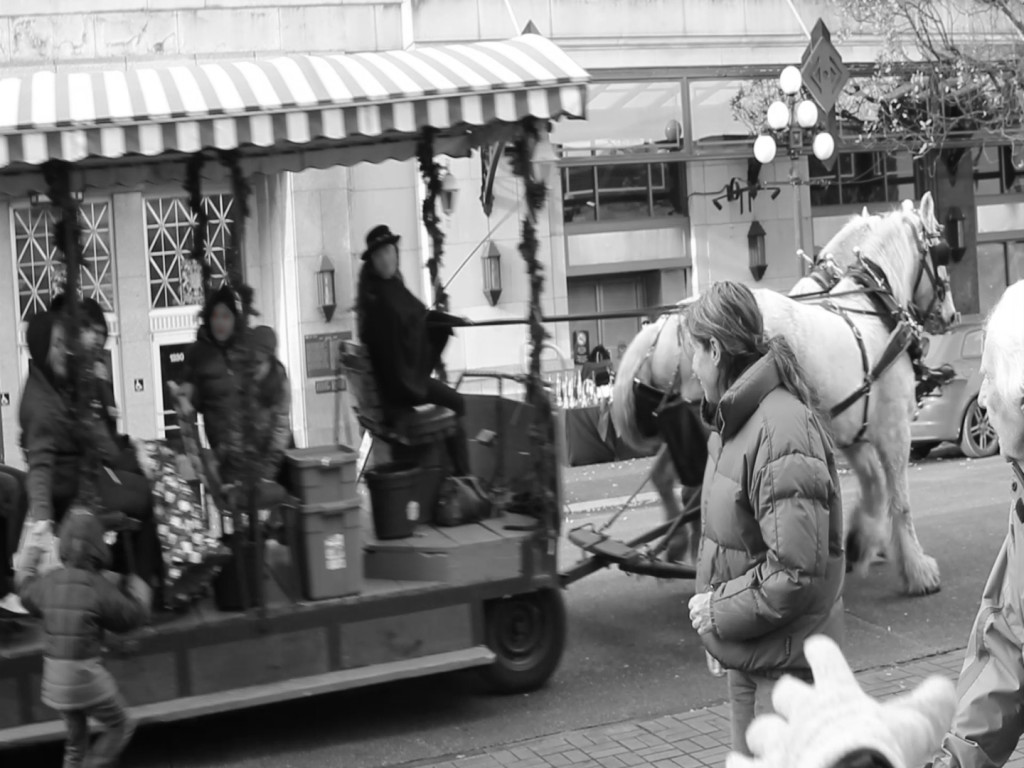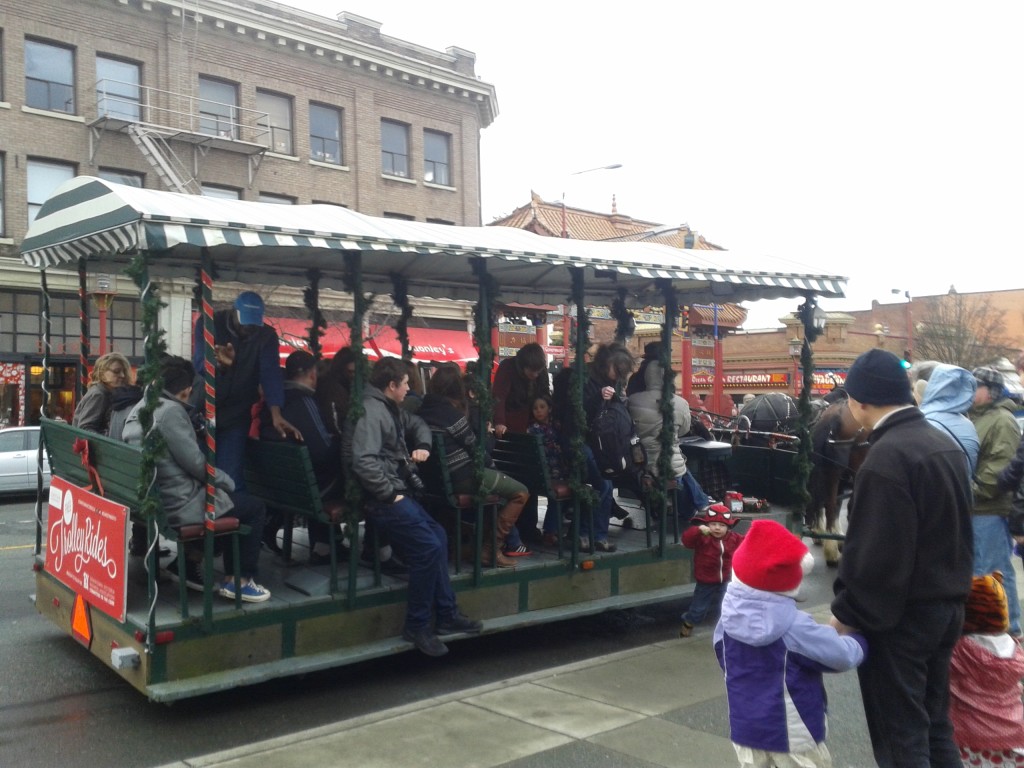Reasons For A BCSPCA Specific Position Statement on Horse-Drawn Carriages
[/vc_column_text][/vc_column][/vc_row][vc_row][vc_column][vc_column_text]After review of the BCSPCA’s position statement on Animals in Recreation, Sport, and Entertainment and after spending months observing the conditions these animals work in the streets of Victoria, B.C., we have come to the conclusion based on the following reasons that the practice known as “horse-drawn carriages” does not meet the BCSPCA’s own established Five Freedoms. While we leave you to make your own decision on whether a specific position statement is required for this animal welfare issue, we hope that you will take into account our input as it applies to this practice failing to meet the BCSPCA’s five freedoms. Please note that this is not a challenge to the general care and maintenance of the horses, but to the unpredictable and unreasonably dangerous conditions that they must work in, and the potential for injury to humans and horses that exists from this situation.- Freedom from hunger and thirst:a) While we do not challenge that the horses are adequately fed and watered in their stables, during multiple walks with the horses on their trips around the city of Victoria the horses had to pull upwards of 30 people for approximately 40-minute durations without food or water until returning back to the main pick-up point. During these trips, the horses were consistently seen sweating heavily. Horses were then watered and fed minimally from buckets with haste and given approximately 10 minutes rest before going for another round. We paced them doing this for approximately 2 hours at a time while they worked this route regularly for 3-5 hours.
 b) The primary issue at hand with the horse carriages and trolleys is that they are unable to be supplied with voluntary water consumption under strenuous conditions. As you will find in the attached link, a resting horse in pasture requires 8-10 gallons of water per day and under heavy exercise this can increase up to 4 times this amount. Due to the extensive sweating of the horses under these conditions for prolonged periods of time with only minimal access to refreshment, it is reasonable to believe that the horses are deprived of the ability to be free from thirst.
b) The primary issue at hand with the horse carriages and trolleys is that they are unable to be supplied with voluntary water consumption under strenuous conditions. As you will find in the attached link, a resting horse in pasture requires 8-10 gallons of water per day and under heavy exercise this can increase up to 4 times this amount. Due to the extensive sweating of the horses under these conditions for prolonged periods of time with only minimal access to refreshment, it is reasonable to believe that the horses are deprived of the ability to be free from thirst.
http://www.extension.umn.edu/agriculture/horse/care/importance-of-water/
2. Freedom from pain, injury, and disease.
a) Horses used in the carriage industry most often carry loads on the city streets, as this is where tourists congregate. A horse’s foot is not made for walking on hard concrete, especially not for the extensive amount of time that they are made to spend over their lifetime pulling carriages. While there is minimal research specific to the impact this has on a horse’s health and the potential for injury, it appears that in general, working on hard concrete creates a significant increase in contact pressure on the hoof. While the carriage companies claim they use a specially designed horseshoe with a polyurethane insert that mitigates this pressure, there is no evidence that this provides any significant decreases on the overall strain, shod or unshod, upon the health of the horse’s legs and hoofs over prolonged exposure to these conditions.
b) The attached graph does not show a shoed horse comparison, but an unshod comparison. The complete article is here:
http://www.grayson-jockeyclub.org/newsimages/910103000186_sm.pdf Fig. 7
c) Furthermore, the horses who work in the city streets are unreasonably exposed to a heightened potential for injury and impact from the motorized vehicles that they share the road with. It is a common sight to see irritated drivers who are stuck behind slow– moving carriages accelerate quickly to get around the horses, often putting the horses and other citizens at unnecessary risk. Over the past several years, in Victoria, B.C. alone, there have been annual accidents involving the horse carriages with only minimal injury to the horses and citizens so far, but a heightened potential exists for any of these situations to have far greater consequences. Please find attached articles of record for these incidents. As you can see, there appears to be a precedent for an accident in 2015.
2014: http://www.timescolonist.com/news/local/crash-renews-call-for-ban-on-horse-drawn-carriages-1.1074330
2013:https://www.facebook.com/media/set/?set=a.660302913987907.1073741825.142240729127464&type=3
2012:http://www.vicnews.com/news/164916406.html
2011: https://www.youtube.com/watch?v=VoESa051GP0
Undated:http://vancouverisland.ctvnews.ca/video?clipId=370681&binId=1.1180928&playlistPageNum=1
3. Freedom from distress:
Distress is a more subjective term when identifying or observing in the horses used by the carriage industry. While horses are conditioned to behave and manage themselves in high traffic conditions, this does not mean they are not under stress. It is clear that the horses are controlled to a high degree to minimize their stressful working conditions.
For example, wearing blinders in traffic is purposefully used to better control a horse’s behaviour in traffic situations where otherwise horses may be constantly distracted by stimuli other than those the driver intends. Whether or not the horse is indifferent and unstressed by what it constantly hears around it is another issue. Horses appear to be regularly spooked by loud or irregular noises in the city streets that they are not used to or unprepared for. A horse in the streets cannot be fully controlled and will respond like any other animal when frightened – in an unpredictable manner.
As mentioned, while in general distress may be limited by mitigating factors, there is high potential for stressful situations once.
4. Freedom from discomfort:
Discomfort is another aspect of the horse’s emotional health that we do not feel able to objectively identify, but only challenge on the basis of a corporeal compassion to another animal through our own visceral experience of their situation.
To project oneself into the place of the horse, encaged as it is in the bondage that weighs it down and places itself between the horse and its free movement, we can only reckon that such forced conditions manifest discomfort.
5. Freedom to express behaviours that promote well-being:
An essential division will need to be made for any consideration in questioning the freedom of these horses to express behaviours that promote well-being. This division is not between types of horses or the conditions of the horses themselves. It is within human perception of other animals that this division must be made. That is, whether we are entitled to decide the well-being of another animal and make it dependent upon us for its care, food, joy, and death.
We represent the side that acknowledges the proliferation and existence of the horse breeding and equestrian industry as a whole, we cannot with a clear conscience promote the ongoing domination and eugenic program embedded in it as enhancing or providing for the well-being of horses as a species or as individuals.
Any industry, such that it is a business that systemically produces a service for profit by the enslavement of other animals into its mechanisms, is inherently exploitive of the behaviour of the animals it uses. No argument that states we have used horses in such situations for centuries contends with the fact that no horse was born to be simply a means for human ends.
It is unfounded that we as a people and a society come to see the condition of horses pulling us on concrete through traffic as being a promotion of another animal’s well-being. If it is good exercise for them, than we must question why they do not live in conditions where they can exercise themselves in such a way that promotes their health. If it is for their enjoyment, then what is lacking in their lives that they cannot enjoy themselves through their own designs. If it is so they can pay their livelihood back to their owner, then we have confirmed their enslavement and must ask which behaviours that would otherwise be accessible are inaccessible due to their indenturement.
There is a difference between an activity being preferable to an awful alternative (neglect) and the activity promoting the horse’s well-being. An industry that profits in this way off animals will always seek to protect and extend its practice. It is up to those of us without an interest in these profits, but with a conscience of sympathy, to free future generations from these practices.
6. Freedom from compromising the safety and integrity of society
a) An animal must unduly bear the consequences of the situation it is placed in by those who appoint themselves the animal’s caretaker should the animal compromise the safety or integrity of society at no fault of its own.
b) Horses in the horse-drawn carriage industry are put in the unenviable position of being forced to work in unsafe and uncontrollable conditions where if they are spooked, hit by traffic, or cause injury to a citizen, they have compromised the safety of society through no fault of their own. This differs significantly even from uneviable rodeo situations where the horses used are only handled by the trained professionals in a closed area.
c) We have seen numerous examples of the horse-carriages drivers compromising the safety of citizens by a simple lack of awareness of people’s behaviour while on the carriages and trolleys. This is because the drivers cannot effectively divide their attention between the horse that needs constant direction and the people who need constant attention and redirection of their own behaviour. It is because of the nature of the horse carriages themselves and the demand of the driver’s attention to both the horse and their surroundings that they cannot manage the safety of the passengers as well. Further, the public treats the carriages as if they are a controlled mechanical vehicle not an animal pulled vehicle. They miscalculate the danger and take unnecessary risks, as shown below, because of this misconception. Thus, we must acknowledge that we are compromising the safety of society by allowing horse-carriages on city streets.
Man jumping on trolley in the middle of traffic.
Child being left behind by trolley when toy fell off the side.
Man hanging on the side of trolley during free shopping tours.
d) Finally, I would like to draw attention to how the horse-carriages compromisethe integrity of society by creating a feeling of discomfort or shame in the citizens who witness the horses in the city streets. This is due to the perception of the horse carriages as inhumane and out of place amongst the city’s traffic. Cities from all over the world (Toronto, London, Beijing, Paris, Delhi, Las Vegas, among others and likely New York soon) have banned the horse drawn carriages from their streets for this reason as well as for safety concerns.
Recently we requested that Vancity credit union remove promotional images of the horse-drawn carriages in Victoria B.C. from their online Visa page. Vancity appreciated the concerns brought forward to them as a community based institution and removed the image. This was a small action that we consider a huge victory in our efforts to raise awareness of the social disdain for this practice. We hope that it shows there is a precedent for a public position statement acknowledging that the horse carriages diminish the integrity of society, not enhance it.
We have taken the liberty of including a sixth freedom, as it addresses concerns in relation to this issue that the other five do not. We feel it is necessary to include this freedom because horse carriages are an exception to the general use of animals in recreation, sport, and entertainment that places the public at an unreasonable risk of harm. In this case, they are not show pieces, but rather they interactively engage with the public – and the potential risk is great.
Thank you for your time, attention, and consideration of this important social and animal welfare issue. We appreciate the essential work your organization provides for communities in British Columbia and abroad.
Sincerely,
Jordan Reichert
Animal Alliance Environment Voters Party of Canada[/vc_column_text][vc_column_text]
The BCSPCA has responded with their background statement related to the horse carriages under their current position statement on animals used in recreation, sport, and entertainment.
This amendment to their position statement now states the following in relation to horse carriages:
The BC SPCA is opposed to the infliction of pain or suffering upon, or the killing of any animal, for the purpose of recreation, sport, or entertainment. The use of animals for recreation, sport, or entertainment is only acceptable if: 1) the Five Freedoms are ensured for all animals involved, including breeding animals and animals that have been retired from the activity; 2) humane training methods are used; 3) risk of injury is low; 4) their portrayal is not demeaning toward the individual animal or the species.
BACKGROUND Animals are used for recreation, sport and entertainment at a range of venues (e.g., zoos, aquariums, rodeos, circuses, film and television sets) for a variety of activities (e.g., shows, demonstrations, rides, races, competitions, site-seeing tours). Whenever animals are on display or made to perform, they face risks to their physical and psychological well-being. Such risks concern the ways in which they are bred, raised, housed, trained and transported, as well as the activities themselves. For instance:
When animals such as horses are used for site-seeing tours, they face – among other challenges – considerable heat stress. Carriage rides are typically purchased by tourists, and tourists tend to travel during the summer months when temperatures are high. Horses pulling heavy loads on hot pavement are at risk of overheating, which may be exacerbated by high humidity, as well as infrequent watering, poor access to electrolytes, obesity, poor conditioning or illness.
You can find their entire statement here.
[/vc_column_text][/vc_column][/vc_row]


